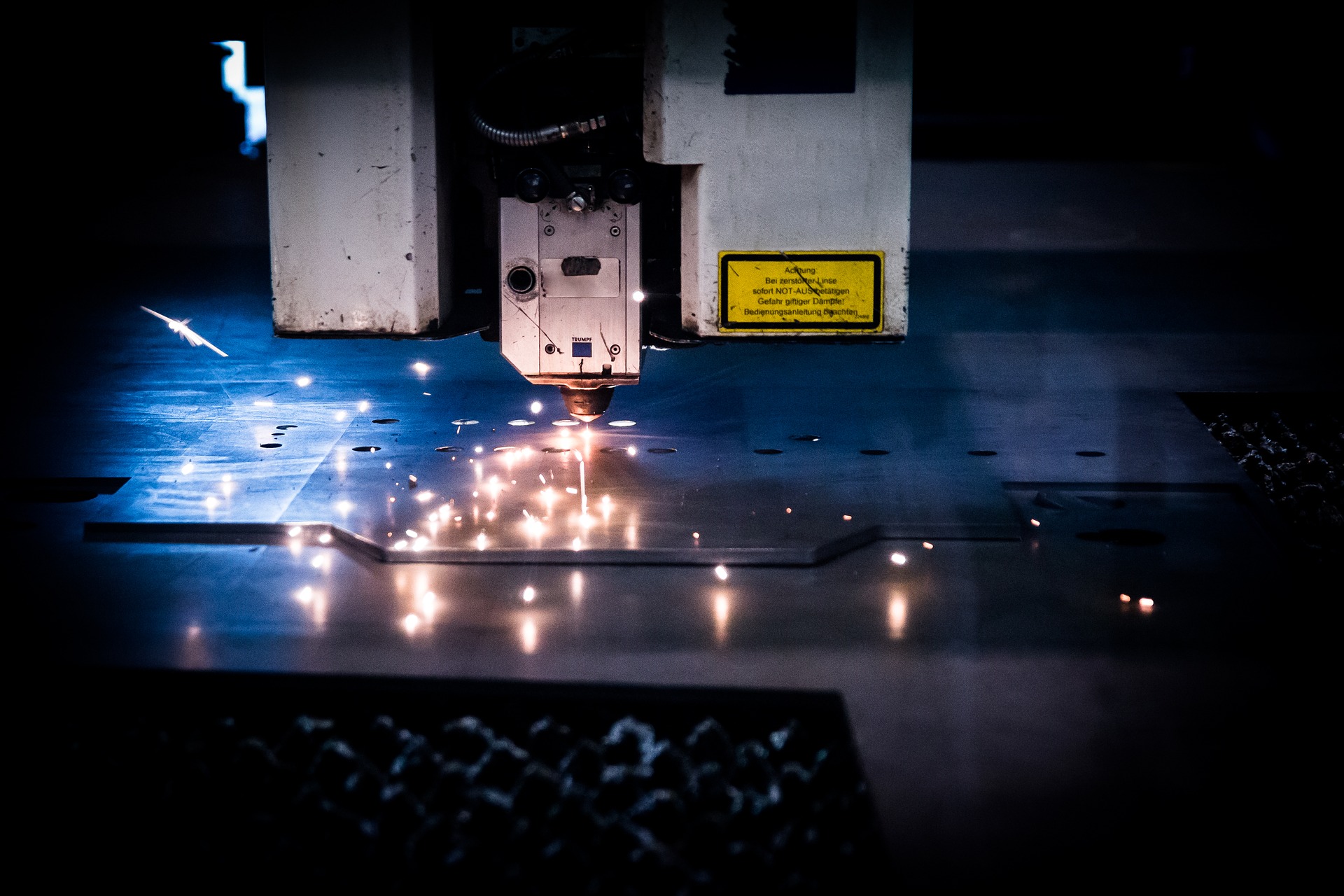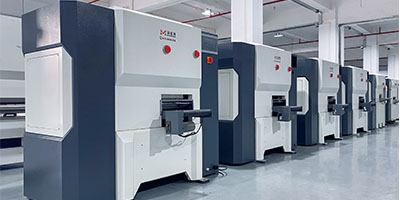Technological revolution in sheet metal processing
Laser cutting has been developed for decades, from solid-state laser, CO2 laser to fiber laser. With the technology becoming more and more mature, China's huge potential market provides broad space for the sheet metal industry. With the intensification of competition, the profit space of each stage of the sheet metal industry chain is shrinking, the price reduction space is decreasing, and the transformation of processing technology is inevitable; At the same time, China has gradually become an international manufacturing center. With the increase of foreign investment, the demand for metal processing is increasing. Therefore, the demand for sheet metal processing capacity is also increasing, which promotes the development and prosperity of laser cutting.

Traditional sheet metal cutting equipment occupies a considerable market share in the market. Although they also have their own unique advantages, compared with modern processes such as laser cutting, the disadvantages are very obvious, which greatly affects the competitiveness of enterprises.
1. (CNC) shearing machine is mainly straight cutting, which can only be used for straight-line cutting and sheet metal processing;
2. (CNC / turret) punch has restrictions on the cutting of steel plates with a thickness of more than 1.5mm, with poor surface quality, high cost and high noise, which is not conducive to environmental protection;

3. As the original traditional cutting method, flame cutting is only suitable for rough machining in the case of cutting thermal deformation, cutting width, waste and slow processing speed;
4. Plasma cutting and fine plasma cutting are similar to flame cutting. When cutting steel sheet, the thermal deformation is too large and the slope is too large. There is nothing to do when the accuracy requirements are high, and the consumables are more expensive.
5. The processing speed of high-pressure water cutting is slow, resulting in serious pollution and high consumption cost.




 add wechat
add wechat